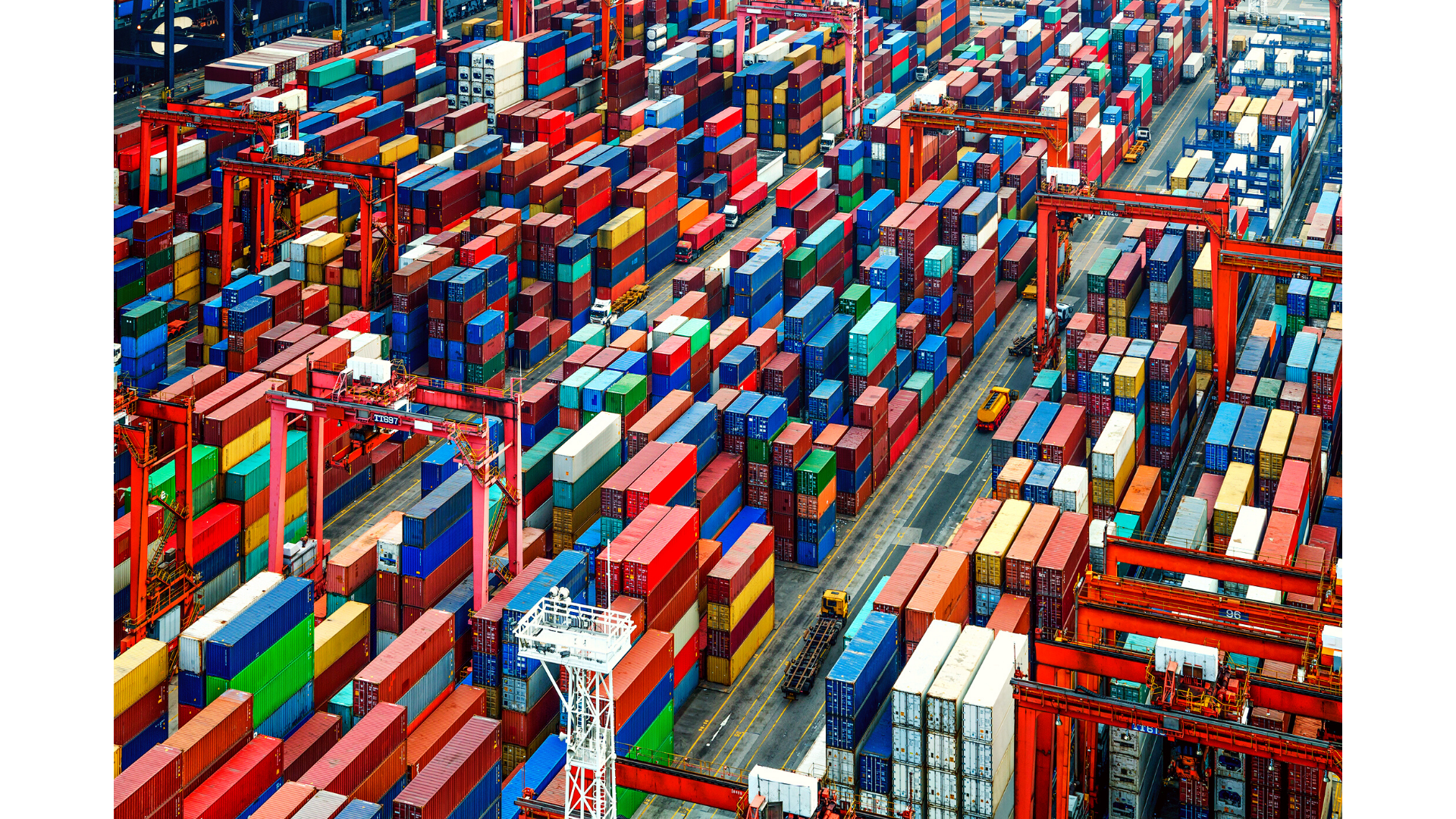
How Long Will the Great Supply Chain Chaos of 2021 Last?
By NNR USA In Insight On 7th December 2021
What we have been experiencing in the past 20+ months in the global supply chain is a cumulative effect of many moving parts across an ever-shrinking intertwined world. Politics, health, regulations, economics, the environment, and more all contribute to the challenges we are today facing.
When will the supply chain backlog clear?
The answer is not any time soon.
Los Angeles and Long Beach ports are the top two U.S. ocean ports, accounting for forty percent of all inbound containerized ocean cargo. Offshore, there are tens of thousands of containers stacked up on vessels waiting to berth. In pre-COVID time, it would take 1-2 days to unload a vessel; today, it takes nine days. The newly mandated 24/7 port operations is only one small piece of the puzzle to resolving the growing backlog.
Contributing to the backlog are Ultra-Large Container Vessels (ULCVs), built to reduce the unit shipping cost by enabling the transit of 15,000 TEUs or more per vessel, much larger than previous ocean-going commercial vessels. These vessels do not fit through the Panama Canal, take longer to transit, and are berthing in terminals built for much smaller ships. Naturally, they will be slower to load/unload and double the container counts per vessel berthing over standard-sized container ships.
Experts are saying that to clear the current vessel backlog, it will take 30 days at a minimum and up to two months to unload containers waiting on ships outside the ports of LA/Long Beach. After unloading the container, it needs to move out of the port terminal to its destination by train or truck. The rail and trucking delays are contributing to the port backlog. Christmas will be over before these products make it to market.
In late October, the ports announced a ‘Container Dwell Fee’ penalizing import containers remaining in the port six or more days for containers moving inland by rail, or nine days or more for containers scheduled to move by truck. Though directed to the ocean carriers, these fees will filter down to the end-user in one way or another, further increasing costs to work within an ever-increasingly inefficient logistics framework.
Since the motivating announcement, the ports have seen a decline of 37% in aging cargo on the docks, and as a result, have pushed out the implementation date to be reconsidered no sooner than December 13th.
This problem is going to continue for a while. The silver lining here is that our species is remarkably resilient, and we will innovate our way out of this mess in time. Until then, buckle your chin straps and pack a heavy lunch.
Here at NNR, we have been working around the clock, globally, to educate our clients, and develop and implement proactive supply chain strategies to reduce delays and get your goods to market, whatever they may be. Our competitors, just like yours, are facing the same hurdles. Your widgets will be more expensive than last year; that is a given. But so will everyone else’s. The difference will be, “who is willing to get their widgets to market quickly and efficiently?” The answer to that is whoever is using NNR.

Markus Armstrong
Business Development Manager - National Accounts
NNR GLOBAL LOGISTICS USA - Houston
Email: marmstrong@nnrusa.com
